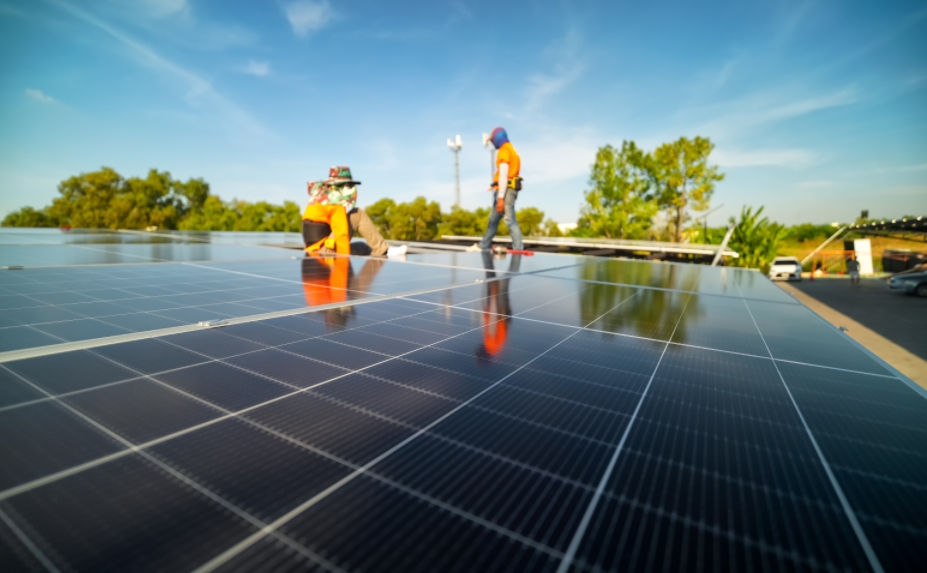|

France has firmly established itself as a frontrunner in solar energy, marking significant progress in solar photovoltaic (PV) installations throughout 2024. According to recent data from the Ministry of Ecological Transition, the nation has made notable strides in expanding its solar capacity.
By September 30, 2024, France's total solar capacity had reached 23.7 GW, with 22.9 GW of that installed in mainland France. This represents a considerable boost, as 3.5 GW of new solar power was added during the first three quarters of 2024, surpassing the 2.3 GW increase in the same period of 2023.
Solar electricity production also saw impressive growth, reaching 21.1 TWh during the first three quarters of 2024—up by 9% compared to the previous year. When excluding self-consumption, solar energy now accounts for 6.2% of France's overall electricity demand.
Southern France Leads the Charge in Solar Growth
The southern regions of France continue to lead the country in solar capacity. Nouvelle-Aquitaine, Occitanie, and Auvergne-Rhône-Alpes collectively represented 52% of France's total solar energy capacity by the end of Q3 2024. These regions also accounted for 48% of all newly added solar power during the first three quarters of the year. Nouvelle-Aquitaine, in particular, has emerged as a hub for innovative solar technologies, including agrivoltaic systems that combine agriculture with solar power production.
This regional success highlights the importance of targeted support and innovation in driving solar energy growth. Developers in these areas benefit from resources like feasibility studies and policy guidance, which help to attract further investment in renewable energy projects, demonstrating how local and national initiatives can work in tandem to expand solar capacity.
A Blend of Large and Small Installations Drives Expansion
France’s solar progress is fueled by a combination of large-scale and smaller solar installations. Larger projects (those over 500 kW) accounted for 34% of the newly added capacity, despite representing only 0.1% of the new installations. In contrast, smaller installations (under 9 kW) made up the majority, comprising 92% of new connections and contributing 20% of the additional solar capacity. Although small installations are more numerous, they collectively play a significant role in the country's overall solar expansion.
|


